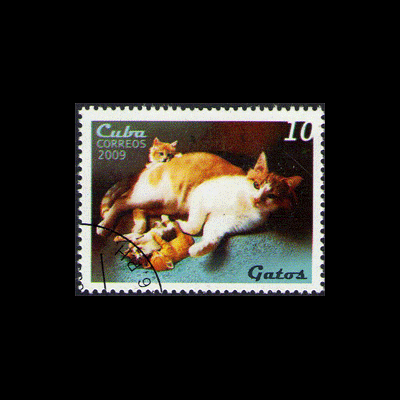Top cats
Cats in Britain and at the Supreme Show
source: Michael Holden
Guardian Weekend November 10 2001
starts p 40, 6 pages long
There are some eight million cats in Britain, and cats have become more popular than dogs, since they fit better into urban lifestyles with owners who may live alone and be out all day. Feral cats are increasing, as are GM cats. The Mammal Society is concerned about cats as cruel hunters.
The Supreme Cat Show is held in Birmingham, and is a major event for some British cat owners. Cats have to win qualifying heats to be allowed to compete. The show started in 1976, though cat showing took off in the late 19th century. The Governing Council of Cat Fancy (GCCF) was set up in 1910, and still operates, setting standards for cat breeds.
There is intense competition at the Supreme Cat Show, though competitors do not seek monetary rewards, and competition is said to be more intense at dog shows. Cat breeders can however, make large amounts of money, though the sums involved are sometimes exaggerated.
New breeds often appear from the US, and are fashionable for a while. They include lightweight Singapura cats, Ragdoll cats that appear boneless, since they are very relaxed, and Bengal cats that reportedly have leopard in them. Some new breeds are seen as unacceptable by the GCCF, such as Ultra Persians, which suffer from breeding problems. Bengal cats have achieved celebrity status, and are confident cats with a domestic nature, despite their looks, according to Simon Gubb, who shows the breed.
Attitudes to cats are contradictory, with some people seeing them as dependent, and taking great care to feed them well, while also seeing them as liking to do their own thing. There are concerns about cats shows, and deliberate breeding of cats, when more than 100,000 cats are in rescue centres, and the UK has an estimated one million feral cats. Cats are also living creatures, so there are problems with seeing them as art forms.
CA,SH


